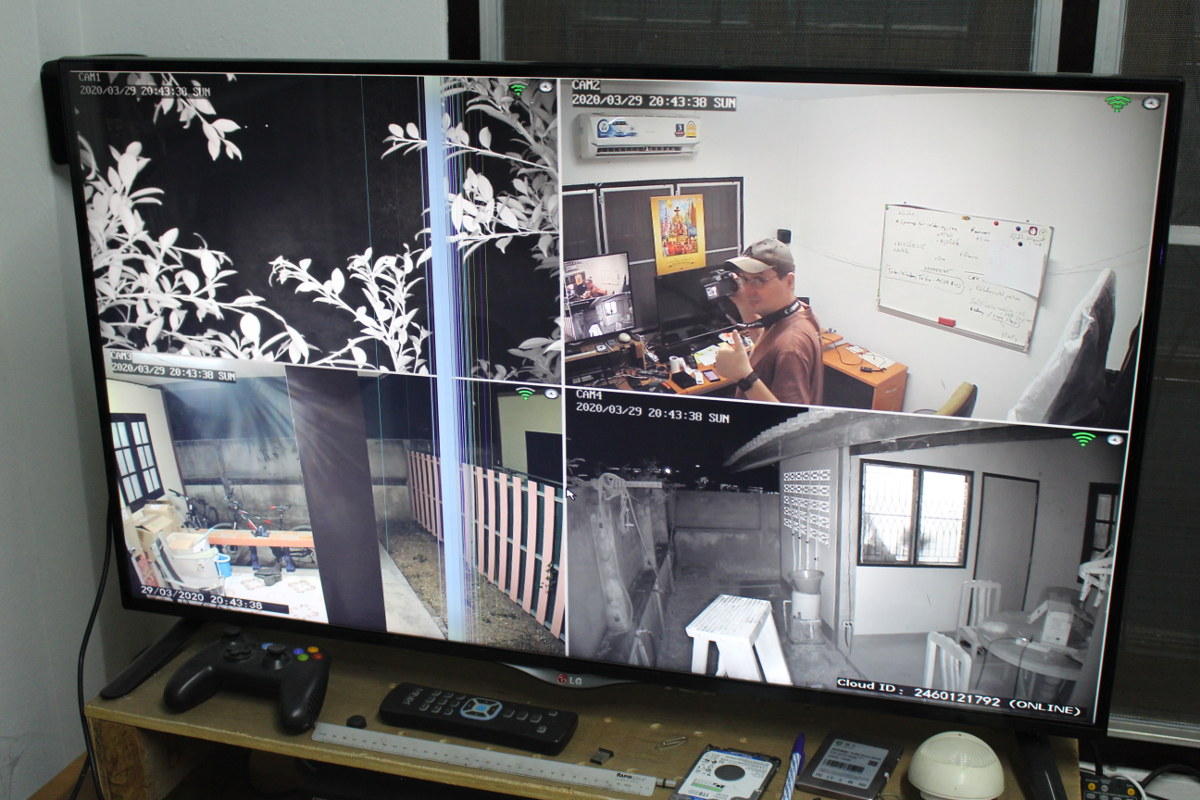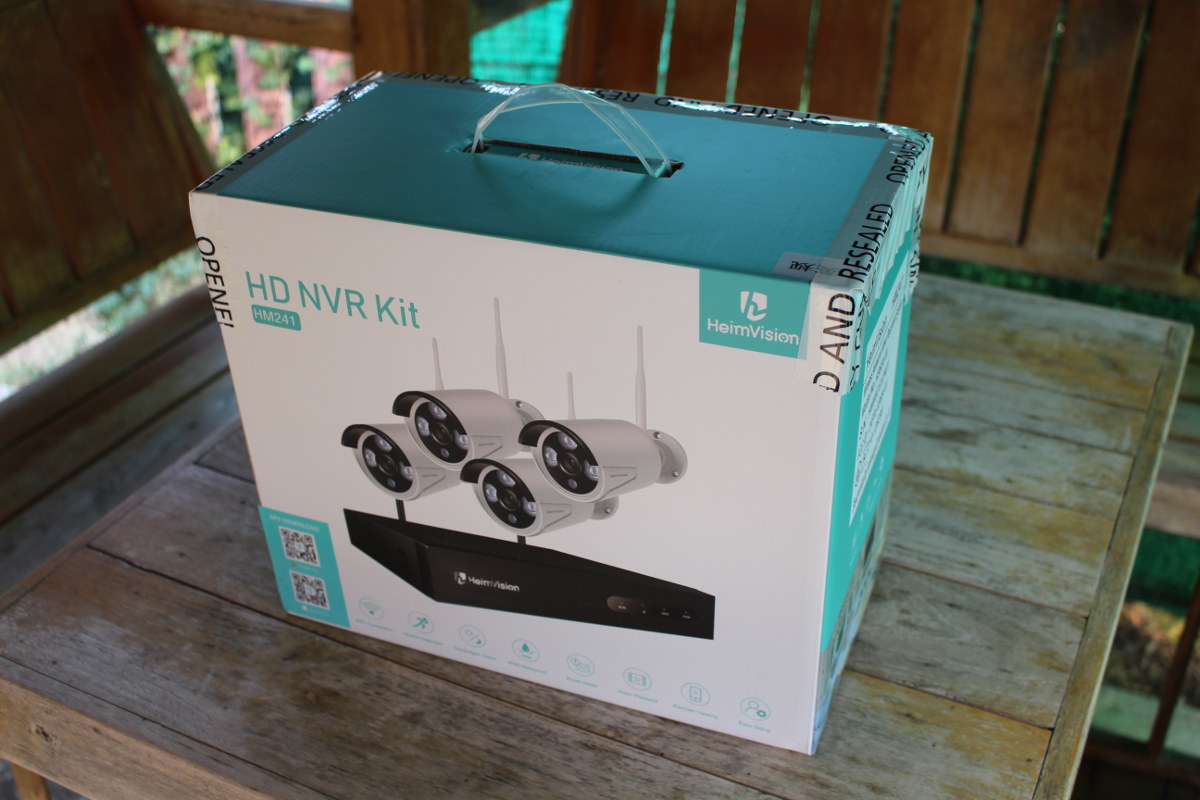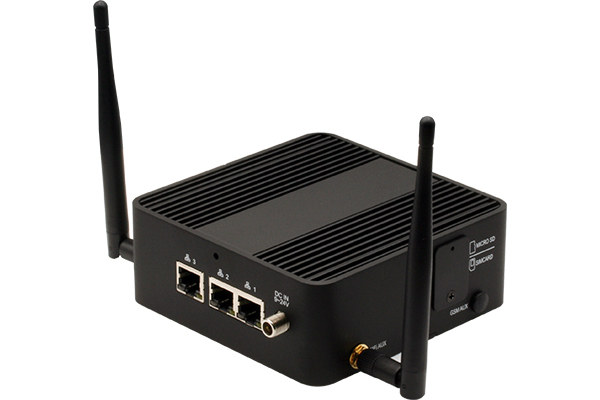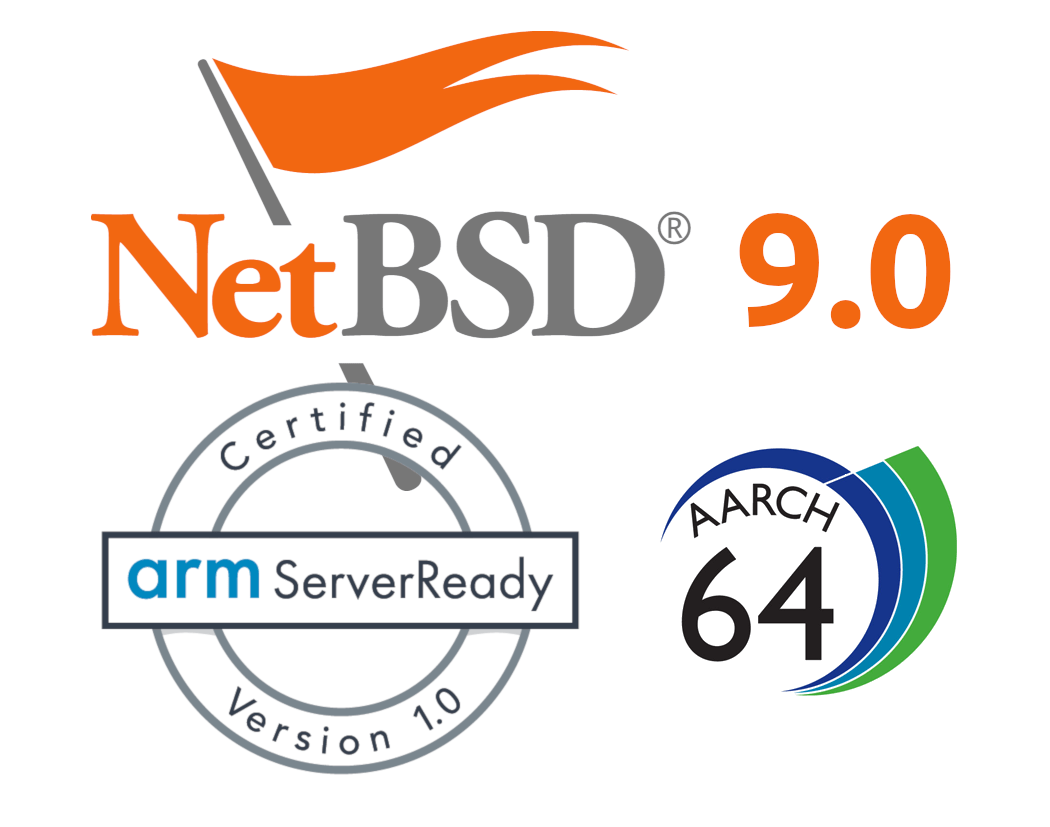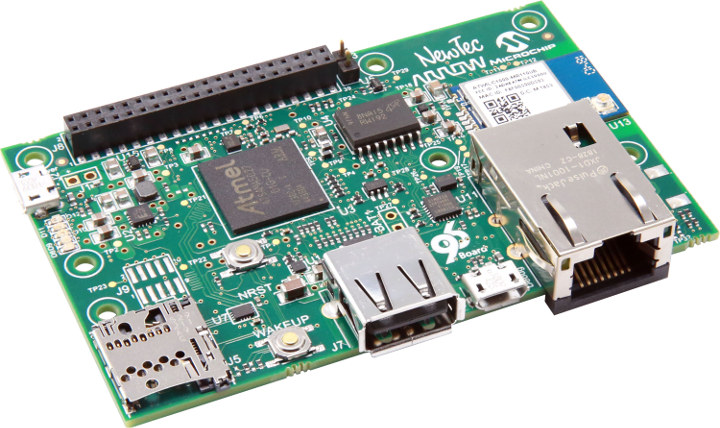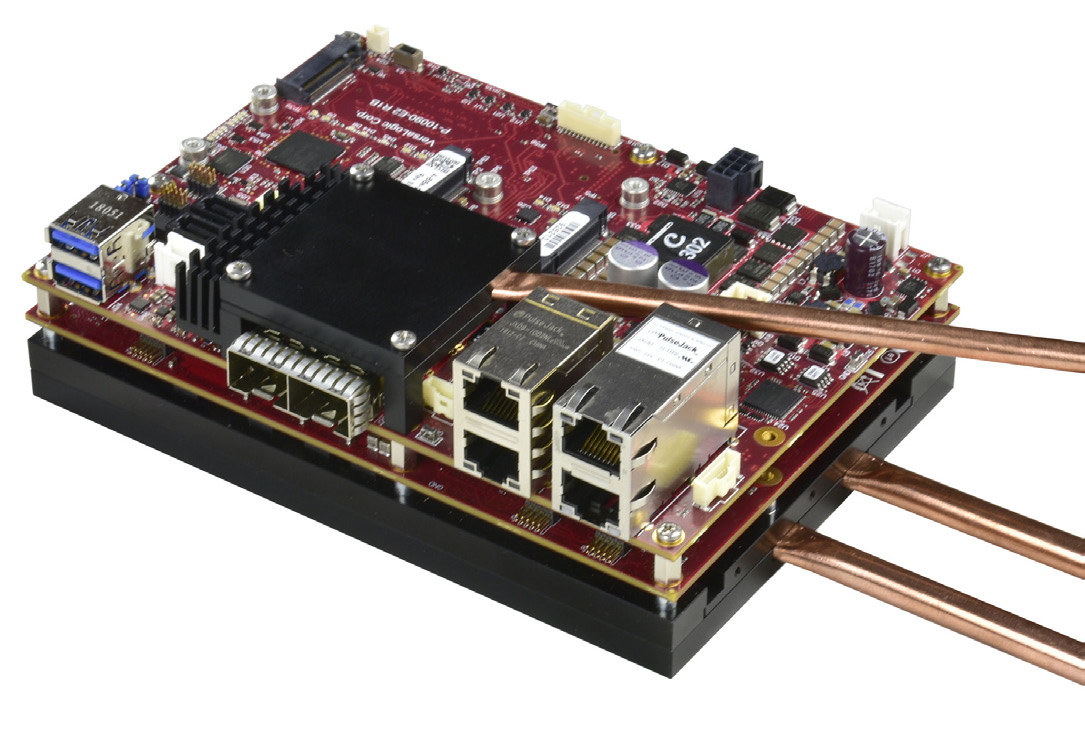A coupled of weeks ago, I received HeimVision HM241 HD NVR kit, and in the first part of the review, I showed the content of the kit, installed an internal 3.5″ hard drive, and did a teardown of both the NVR and one camera. I’ve now had time to test the device for about two weeks. I have plans to install it permanently in another location, but for testing, I temporarily installed the camera for testing in several strategic locations: 3 outdoors, one indoors. Back inside, I connected the NVR device (black box below) to an Ethernet switch for Internet connectivity, a 4K TV to access the user interface, a USB mouse, and the power supply. First Boot and Configuration I was quite surprised during the first boot as I did not have to set up anything and the cameras were automatically detected. The first screen shows QR code for […]
HeimVision HM241 HD NVR Kit Review – Part 1: Unboxing, Teardown and HDD Installation
I’ve reviewed a few solar-powered security cameras in the last year, and from time to time, I’m being asked to review more from time to time, but I asked for a change, and instead, I wanted to look into security network video recorders (NVR). HeimVision offered this opportunity with its HM241 HD NVR Kit which they also call a “wireless security camera system”, and comes with 4 Full HD security cameras besides the NVR itself. In the first part of the review, I’ll check out the hardware, and take the opportunity to install a 3.5″ hard drive, before doing a proper installation, and report my experience about the software in one or two extra articles. HM241 HD NVR Kit Unboxing People working at customs seem to be fond of larger packages, checked it out in details hence the “Opened and Releases” sticker on the package, and I had to pay […]
K1 Smart Lock Box Secures Door Keys with Fingerprint, Mobile App, or Passcode (Crowdfunding)
We’ve previously reported about smart dock look solutions such as Xiaomi Sherlock M1 which allows you to provide access control without keys using your smartphone instead. Security concerns aside, one disadvantage of the Xiaomi smart lock is that it is only compatible with some doors, and can be complicated to install. YEEUU TECH has found a way that works with all doors with K1 smart lock box, a simple rugged box used to store physical keys, and that can be opened with a smartphone app, fingerprints, or a passcode. K1 smart lock box features and specifications: Bluetooth connectivity Permanent or temporary passcode unlock via backlit keypad; up to 100 passwords Permanent or temporary fingerprint unlock (optional); up to 50 fingerprints Remote control and instant share Time window support In-app management, access logs USB – 1x USB Type-C port for emergency power to open the box when batteries are dead Security […]
FWS-2275 3 LAN Ports Rugged Network Appliance is Designed for Secure Industrial IoT Networks
AAEON FWS-2275 is a rugged network appliance powered by an Intel Celeron N3350 processor and equipped with 3 LAN ports to bring vital functions and security to industrial networks. Specifically, the device is designed for network solutions such as UTM (Unified Threat Management) systems, firewalls, and SD-WAN (Software-defined WAN) appliances. FWS-2275 specifications: SoC – Intel Celeron N3350 dual-core Apollo Lake processor @ 1.10 / 2.40 GHz with Intel HD graphics, built-in Intel AES-NI; 6W TDP System Memory – 2GB LPDDR4 (soldered) Storage – 16GB eMMC flash (32GB optional) Video Output – Optional HDMI connector Networking 3x Gigabit Ethernet ports (1x WAN + 2x LAN) via Intel i211 Optional WiFi or 4G LTE via mini Card (see expansion section) USB – 2x USB 3.2 Gen 1 ports; 1x micro USB port for console Serial – 1x RS-232/422/485 Expansion Full-size mini PCIe slot with SIM Socket 8-pin external header with 4x digital […]
Google Releases Android 11 Developer Preview – What’s New?
I’ve only just upgraded my Xiaomi Mi A2 phone to Android 10 earlier this week, but Google is already preparing for the next version of the mobile operating system, and the company has already released the first developer preview for Android 11 OS. Enhancements for foldables and 5G, call-screening APIs, new media & camera capabilities, and machine learning are some of the improvements brought to Android 11 so far. Some of Android 11 highlights include: Updates of existing connectivity APIs to take advantage of improved 5G speeds. Dynamic meteredness API to check whether the connection is unmetered in order to offer higher resolution or quality for users who don’t need to pay extra for data Bandwidth estimator API to check the downstream/upstream bandwidth without having to poll the network. Pinhole and waterfall screen support – Pinhole screens are the ones with a round opening for the camera, and waterfall […]
NetBSD 9.0 Released with Aarch64 Support, Arm ServerReady Compatibility
Yesterday, we wrote about Raspberry Pi 4 getting UEFI+ACPI firmware for Arm SSBR compliance allowing the board to run operating systems designed for “Arm ServerReady” servers out of the box. NetBSD 9.0 was just released on February 14, 2020, with support for Aarch64 (64-bit Arm) which had been in the works for a few years, and includes support for “Arm ServerReady” compliant machines (SBBR+SBSA). NetBSD 9.0 main changes related to hardware support: Support for AArch64 (64-bit Armv8-A) machines Compatibility with “Arm ServerReady” compliant machines (SBBR+SBSA) using ACPI. Tested on Amazon Graviton and Graviton2 (including bare metal instances), AMD Opteron A1100, Ampere eMAG 8180, Cavium ThunderX, Marvell ARMADA 8040, QEMU w/ Tianocore EDK2 Symmetric and asymmetrical multiprocessing support (big.LITTLE) Support for running 32-bit binaries via COMPAT_NETBSD32 on CPUs that support it Single GENERIC64 kernel supports ACPI and device tree based booting Supported SoCs Allwinner A64, H5, H6 Amlogic S905, S805X, S905D, […]
Arrow Shield96 Arm Linux Board Focuses on Hardware-based Security
Powered by a Microchip SAMA5D2 SiP integrating a Cortex-A5 processor and 128MB DDR2 memory, Arrow Shield96 board has been designed for secure IoT application development with on-board hardware security. Two versions of the SBC are offered: Shield96 Standard reference platform Shield96 Trusted Platform preloaded with the EmSPARK Security Suite software by Sequitur Labs. Both versions come with the same hardware specifications: SiP – Microchip ATSAMA5D27-D1G Arm Cortex-A5 processor @ 500 MHz with 128MB DDR2 Storage – 128MB DDR2 Storage – 128MB (1Gbit) flash, MicroSD card slot Connectivity – 10/100M Ethernet port, 2.4 GHz 802.11b/g/n WiFi 4 via ATWILC1000 “IoT link controller module” USB – 1x USB 2.0 port HW Security – ATECC608 secure element Expansion – 96Boards Mezzanine connector Debugging – JTAG header, serial console via Micro USB port Power Supply – 5V via Micro USB port Dimensions – N/A (CNXSoft note: it’s supposed to be 96Boards compliant, but with […]
Versalogic Grizzly Embedded Server Board is Powered by a 16-Core Intel Atom C3958 Processor
Launched in 2016, Intel Atom Denverton processors are usually found in motherboards for low power servers hosted in data centers as well as in network appliances. But Versalogic Grizzly embedded server board fitted with the 16-core Atom C3958 Denverton processor aims specifically at embedded systems with applications ranging from smart-grid, and smart-city applications, to transportation, security, and defense operations. Versalogic Grizzly (VL-ESU-5070) key features and specifications: Processor – Intel C3958 16-core Denverton server-class processor @ 2.0 GHz System Memory – 4x SO-DIMM sockets for up to 128 GB DDR4 of ECC memory Storage – 2x SATA 3 ports, bootable mSATA socket, bootable M.2 NVMe SSD socket Networking – 2x 10GbE SFP+ ports (copper or fiber), 4x Gigabit Ethernet ports Video output – None, but optional VGA/LVDS mini PCIe card available Audio – No on-board audio, but optional VL-ADR-01 audio interface available USB – 2x USB 3.0 host ports Serial – […]


